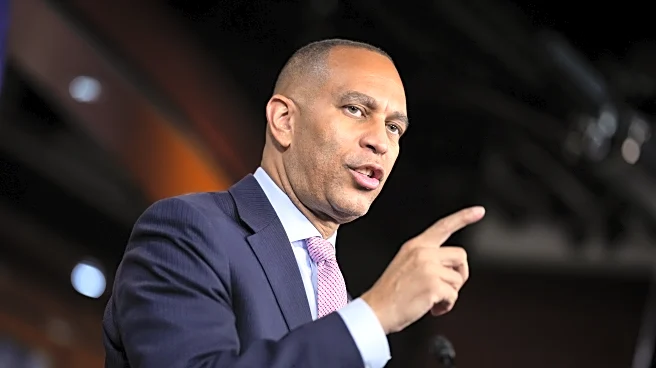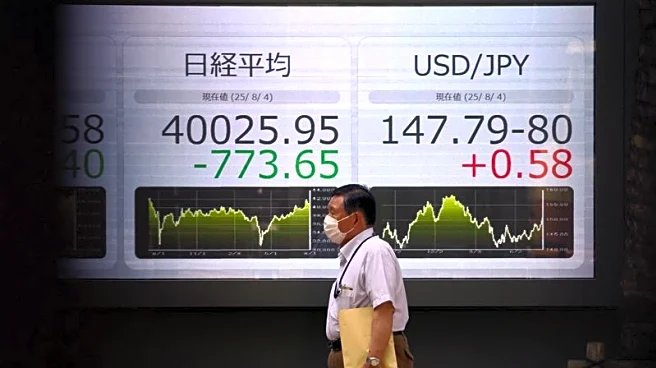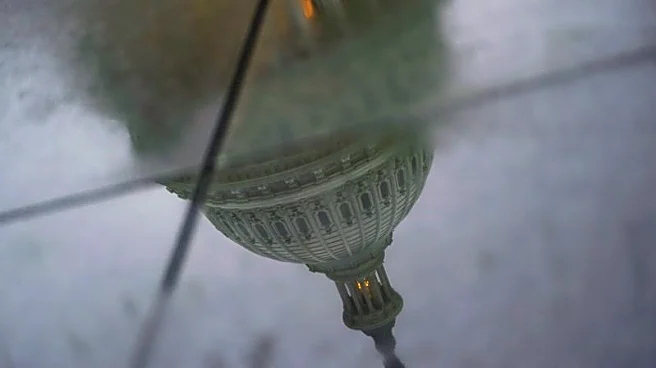What is the story about?
What's Happening?
The Bureau of Labor Statistics (BLS) has released a revised report indicating that U.S. job growth was significantly overestimated between April 2024 and March 2025. The updated data shows that 911,000 fewer jobs were created than previously reported, marking the largest revision to federal employment data on record. This adjustment suggests that only about 850,000 jobs were added during this period, which is half the number initially indicated. The revision follows the dismissal of BLS commissioner Erika McEntarfer by President Trump, who accused her of providing 'rigged' data to undermine him and the Republican Party. These accusations have been widely disputed by economists. The revision process, known as benchmarking, involves adjusting previous numbers using business surveys and state unemployment records to more accurately reflect the employment landscape.
Why It's Important?
This significant revision in job growth data has substantial implications for the U.S. economy and labor market perceptions. The overestimation of job creation could affect economic policy decisions, investor confidence, and public perception of economic health. The revised data suggests a weaker labor market than previously thought, which could influence Federal Reserve policies on interest rates and economic stimulus measures. Additionally, the political ramifications are notable, as President Trump's dismissal of the BLS commissioner and subsequent nomination of E.J. Antoni, a controversial figure, could lead to further scrutiny and debate over the integrity of federal employment data.
What's Next?
The revised job growth figures are preliminary and will be finalized early next year. The nomination of E.J. Antoni to lead the BLS is likely to face scrutiny, given his association with the Heritage Foundation's Project 2025 and presence during the January 6 riots. The White House's expectation of a job surge, despite evidence of a slowdown, will be tested in upcoming employment reports. Stakeholders, including policymakers and economists, will closely monitor these developments to assess their impact on economic strategies and labor market policies.
AI Generated Content
Do you find this article useful?















